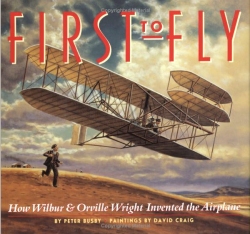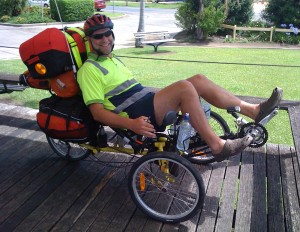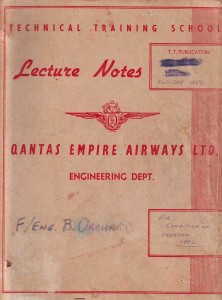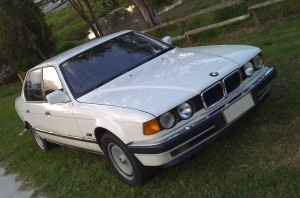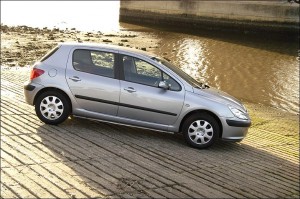$2 for an improved suspension…
The topic of bump stops does not attract much interest. But especially in cars with lowered suspension, and in light-weight cars, bump stops form an important part of the springing system.
A bump stop is the (usually) rubber buffer that is compressed as the suspension reaches full bump. (Some cars also have full droop buffers as well.)
Traditionally, bump stops were impacted only rarely, but more and more often in current cars, the suspension is designed in such a way that the bump stops are frequently contacted.
Let’s look at light weight cars first.
In a light weight car, the variations in possible loads make up a greater proportion of the overall vehicle mass. This means that, to avoid bottoming-out, the suspension must be set up more stiffly to cope with the potential load variation.
Or – and here’s the key point – the bump stops can be designed to be increasing rate (but still relatively progressive) springs that are brought into operation when the car is carrying full loads over bumps. That way, the spring rate of the suspension during ‘normal’ load carrying can be set much softer, giving a better ride.
- » Continue reading or Comments (4)

 Julian Edgar, 50, has been writing about car modification and automotive technology for nearly 25 years. He has owned cars with two, three, four, five, six and eight cylinders; single turbo, twin turbo, supercharged, diesel and hybrid electric drivelines. He lists his transport interests as turbocharging, aerodynamics, suspension design and human-powered vehicles.
Julian Edgar, 50, has been writing about car modification and automotive technology for nearly 25 years. He has owned cars with two, three, four, five, six and eight cylinders; single turbo, twin turbo, supercharged, diesel and hybrid electric drivelines. He lists his transport interests as turbocharging, aerodynamics, suspension design and human-powered vehicles.

